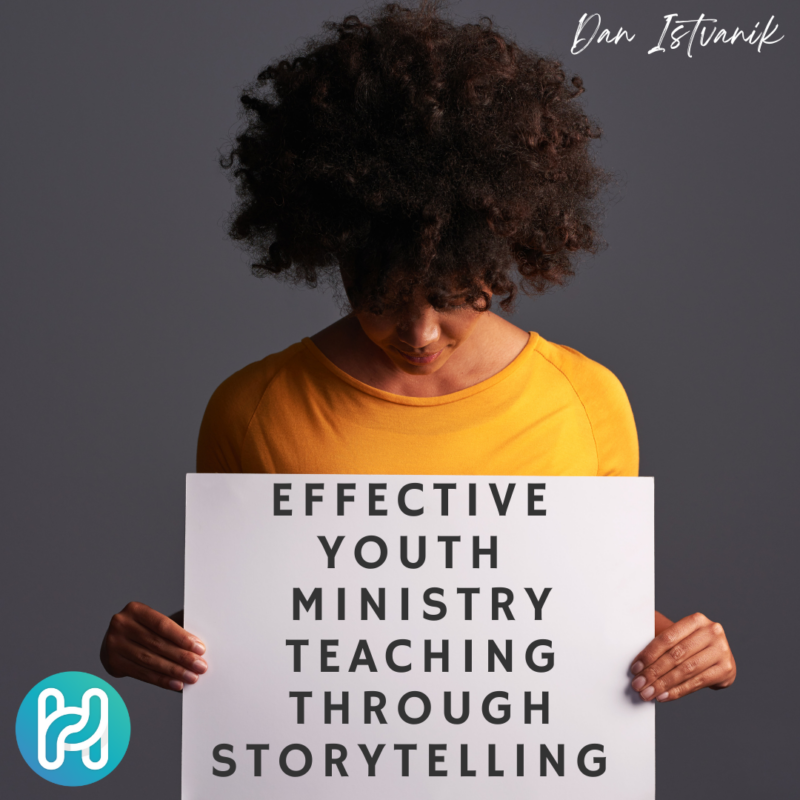Youth Ministry Hints, Youth Ministry Thoughts
Effective Teaching Through Storytelling
Effective teaching through storytelling in teaching within your youth ministry can significantly improve engagement and learning. Storytelling has always been a powerful teaching tool throughout human history, even including Jesus’ use of parables.
Here are some helpful tips to enhance your youth group lesson through storytelling:
- Know Your Audience:
Understand your student’s interests, backgrounds, and maturity levels of your youth group. Tailoring your stories to their experiences and who they will make the lessons more relatable and engaging. This is easier if you are speaking to your own group, but even if you are speaking to another group, ask some questions about the group before you plan to speak. - Vivid and Relatable Characters:
In creating a story or illustration, create characters that the youth can identify with. Whether these characters are from biblical stories or modern-day parables, their struggles and triumphs should resonate with the experiences of your audience. - Incorporate Multi-Sensory Elements
Engage multiple senses to make your storytelling more immersive. Use visual aids like pictures, videos, or PowerPoint slides, and incorporate sounds or music that align with the story’s mood. Physical props can also make abstract concepts more tangible.
(*Read previous post: https://youthminhub.com/2024/05/30/teaching-seven-learning-styles/) - Keep It Interactive
Involve the youth in the storytelling process. Ask questions, prompt them to predict what happens next, or assign roles for a dramatization of the story. Interactive storytelling keeps them actively engaged and enhances retention. Even bring students upfront or on-stage. - Highlight Personal Connections and Applications:
After telling the story, guide the youth in drawing personal connections and practical applications during small group time. Allow them time to process the story and how it can be applied in their daily lives, helping them see the relevance of biblical teachings. - Use Humor and Emotion:
Inject humor into your story where appropriate to keep the atmosphere light and enjoyable. Also, don’t shy away from expressing emotions; authentic emotional storytelling can create a powerful connection with your audience. - Practice Good Storytelling Techniques:
Pay attention to your delivery. Use varied tone, pace, and volume to maintain interest. Pausing at key moments can build suspense, and a well-placed emphasis can highlight important points. Even in storytelling, more is “caught than taught.” - Summarize and Reflect:
One of the most important parts of good storytelling in teaching is, at the end of the story, summarizing the key points and encouraging reflection. It draws a thread through the story to “tie it up” at the end. Ask open-ended questions to stimulate discussion and deeper thinking about the story’s message and its implications for their faith and life.
By incorporating these techniques, you can make your storytelling more effective and meaningful for youth group lessons, fostering a deeper connection to your talk and to their faith.




